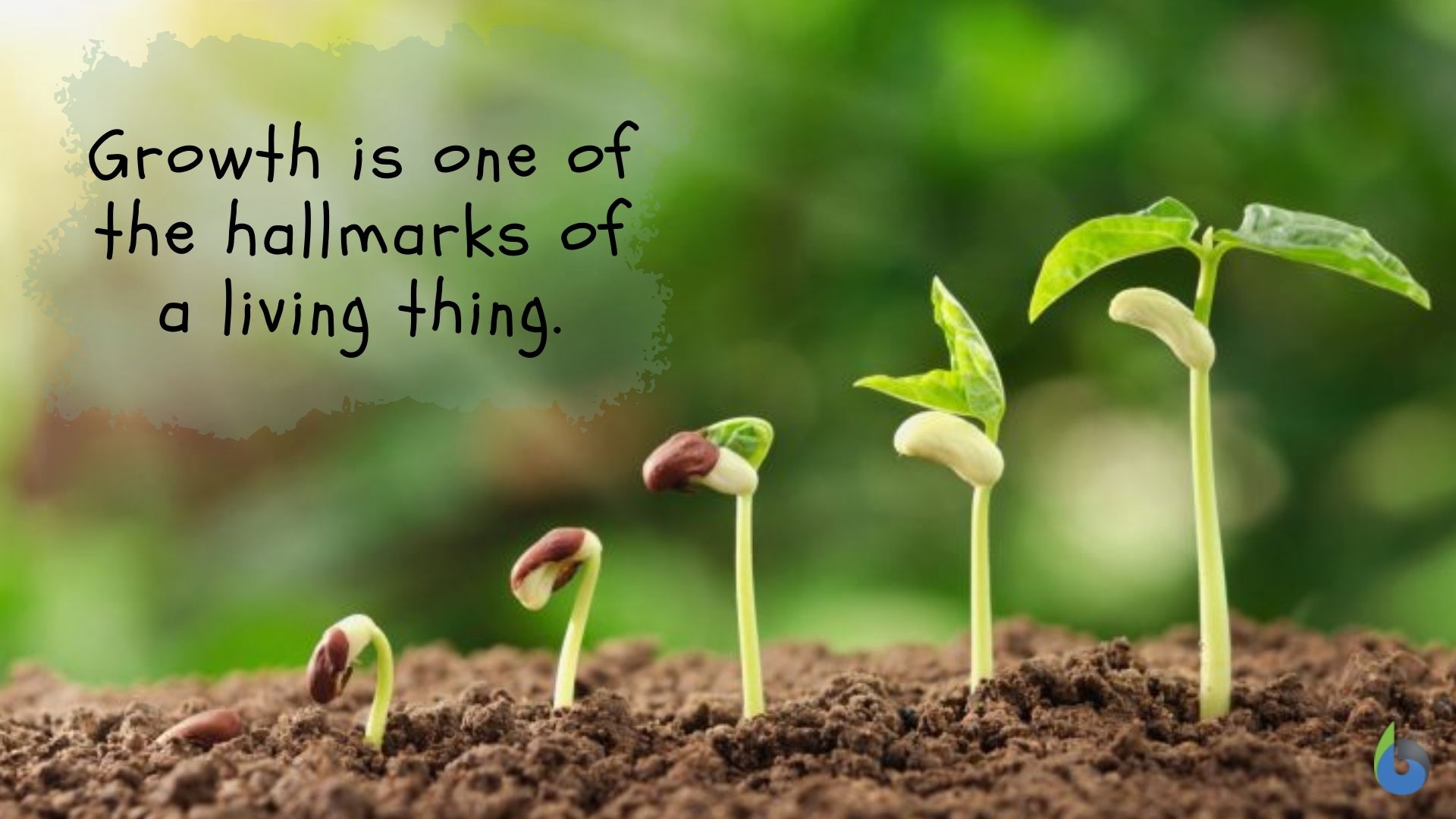It's not every day you hear about Christianity making headway in a country where Islam has been the dominant faith for over a thousand years. Yet, the growth of Christianity in Iran is a story that’s slowly gaining attention, not just among religious scholars and sociologists, but also among global analysts curious about shifts in belief systems under authoritarian regimes. Iran, a nation known for its strict theocratic governance, has seen an undercurrent of change—subtle, complex, and deeply personal.
So, how is Christianity growing in a country where conversion is not officially allowed? And what does this mean for the people choosing to follow this path? These are the kinds of questions we’ll be exploring in this piece. The growth of Christianity in Iran is not about large-scale church openings or mass public conversions. It’s more about quiet, personal journeys—ones that often take place in secret, online, or in small home gatherings.
There’s a lot going on beneath the surface. And while it’s not something you’ll hear about on mainstream news channels, it’s definitely a conversation worth having. Let’s take a closer look at what’s really happening with the growth of Christianity in Iran, and why it matters more than you might think.
Table of Contents
- Introduction
- Historical Context: Christianity in Iran Before the Islamic Revolution
- The Current Situation: How Christianity is Growing in Iran Today
- Key Factors Driving the Growth of Christianity in Iran
- Challenges and Risks of Practicing Christianity in Iran
- Real-Life Stories: Voices from Within Iran
- Global Reactions and Perspectives on Christian Growth in Iran
- Frequently Asked Questions
- Conclusion
Historical Context: Christianity in Iran Before the Islamic Revolution
Iran’s relationship with Christianity goes back centuries. Before the rise of Islam in the 7th century, parts of the region were home to thriving Christian communities, particularly among Armenians and Assyrians. These groups maintained their identity and religious practices even after the Islamic conquests. So, too, it's worth noting that Iran has always had a diverse religious landscape, even if it’s been officially dominated by Shia Islam since the 16th century.
The Islamic Revolution of 1979 brought sweeping changes. Overnight, the new regime made it clear that Islam—specifically Shia Islam—would be the state religion. Religious minorities were allowed to practice, but conversion from Islam to another faith became illegal. Despite this, Christian communities—especially the Armenian Apostolic Church and the Assyrian Church of the East—continued to exist, albeit under scrutiny. They were tolerated as historical communities, but not as active proselytizing forces.
Fast forward to today, and while the official stance remains largely unchanged, the reality on the ground has shifted. The growth of Christianity in Iran is no longer just about these long-standing communities. It’s about new believers—often young, often from Muslim backgrounds—who are exploring Christianity in ways that were unimaginable just a few decades ago.
The Current Situation: How Christianity is Growing in Iran Today
If you were to look at Iran from the outside, you wouldn’t see a lot of visible signs of Christian expansion. There are no mega-churches popping up across Tehran or Shiraz. But that doesn’t mean nothing’s happening. In fact, the opposite is true—Christianity in Iran is growing in ways that are harder to see, but no less real.
One of the most significant developments is the rise of underground house churches. These small, informal gatherings take place in homes, often with just a handful of people. They’re not listed on any maps, and they’re not advertised anywhere. Yet, they’re where many Iranians are exploring Christian faith in a safe, confidential environment.
Another major factor is the internet. Iranians, especially the younger generation, are increasingly turning to online platforms to learn about different religions. YouTube, social media, and encrypted messaging apps have become important tools for those interested in Christianity. Bible translations in Persian are easily accessible online, and many people are watching Christian sermons or testimonies in secret.
So, while the government continues to enforce strict religious laws, the digital age is opening new doors. The growth of Christianity in Iran is not about public declarations—it’s about private choices, often made in the safety of one’s own home, far from the eyes of the state.
Key Factors Driving the Growth of Christianity in Iran
Why are more and more Iranians looking toward Christianity? It’s not a single reason, but a mix of factors that are pushing people to explore new spiritual paths. Here are some of the most common ones:
- Disillusionment with the state’s version of Islam: Many young Iranians have grown up under a government that uses religion as a tool for control. For some, this has led to a sense of alienation from Islam, and a desire to find something more personal and authentic.
- Search for spiritual freedom: In a country where religious expression is tightly regulated, the idea of a personal relationship with God—without intermediaries or state oversight—is deeply appealing.
- Exposure to global ideas: With better access to the internet and international media, Iranians are seeing different ways of life. Christianity, especially in its more personal forms, offers a contrast to the rigid structures they’ve known.
- Influence of Christian media: Christian films, music, and testimonies have found their way into Iran, often shared through encrypted apps or flash drives. These stories of transformation resonate with people who feel stuck in their current beliefs.
These factors aren’t just theoretical. They’re real motivations that people cite when explaining their journey toward Christianity. And while the numbers are hard to track—given the sensitivity of the topic—there’s enough anecdotal evidence to suggest that the growth of Christianity in Iran is more than just a fringe phenomenon.
Challenges and Risks of Practicing Christianity in Iran
Let’s be clear: choosing to follow Christianity in Iran is not without serious consequences. The legal and social environment makes it one of the most dangerous places in the world to be a Christian convert.
Conversion from Islam to another religion is not recognized under Iranian law. Those who openly identify as Christian—especially if they were born Muslim—can face arrest, imprisonment, and even the death penalty. So, many choose to keep their beliefs hidden, even from close friends and family.
There’s also the issue of surveillance. The Iranian government actively monitors online activity, especially content related to religion. Sharing Christian materials or participating in online church services can put someone at risk of being detained. Even owning a Bible in Persian can be enough to draw suspicion.
So, what do people do? Many rely on encrypted apps and virtual private networks (VPNs) to access Christian content. Others attend secret house churches, often rotating locations to avoid detection. It’s a high-stakes game, and the risks are real. But for many, the spiritual freedom they find in Christianity is worth the danger.
Real-Life Stories: Voices from Within Iran
Behind every trend, there are real people—each with their own unique story. While it’s hard to find detailed personal accounts due to the risks involved, there are a few that have come to light through interviews, documentaries, and underground networks.
Take the story of a young woman from Tehran who started questioning her faith after reading a Christian book online. She began watching sermons on her phone, at night, with the lights off so no one could see from outside. Eventually, she found a small group of believers who met weekly in someone’s home. She never told her family, but says she’s never felt more at peace.
Then there’s a former Muslim who converted after experiencing what he described as a “vision” of Jesus. He now leads a house church with a handful of others. They meet in different locations each time, and they never share the details of the gathering until the day of. It’s a life lived in constant caution, but also one filled with hope.
These stories are not isolated. They’re part of a broader movement—one that’s quiet, but growing. The growth of Christianity in Iran is not about dramatic headlines, but about personal transformations that are happening one heart at a time.
Global Reactions and Perspectives on Christian Growth in Iran
Internationally, the growth of Christianity in Iran is a topic of both fascination and concern. Human rights groups see it as a sign of resilience in the face of religious oppression. Religious freedom advocates point to it as evidence that people will seek spiritual truth, even at great personal risk.
At the same time, the Iranian government and its supporters often dismiss reports of Christian growth as Western propaganda. They argue that such claims are exaggerated or outright false, and that the real story is one of national religious unity.
Meanwhile, Christian organizations around the world are quietly supporting the underground church in Iran through prayer, advocacy, and sometimes, practical aid. Some groups provide Bibles and Christian literature in Persian, while others work to raise awareness about the persecution faced by converts.
There’s also a growing interest in how digital tools are enabling religious exploration in closed societies. Iran is just one example of a broader trend: as internet access spreads, so too does access to diverse religious ideas. This is creating new opportunities—and new challenges—for governments trying to control the narrative.
Learn more about the role of digital platforms in global religious freedom. Or, read more about how underground churches operate in restricted nations.
Frequently Asked Questions
Is Christianity legal in Iran?
Christianity is legal for non-Muslim minorities like Armenians and Assyrians, but converting from Islam to Christianity is not recognized and can lead to legal consequences.
How many Christians are there in Iran?
Official numbers are hard to come by, but estimates suggest there are tens of thousands of Christian converts, mostly from Muslim backgrounds, in addition to historical Christian communities.
Can Iranians access Christian materials online?
Yes, but with risks. Many Iranians use encrypted apps and VPNs to access Christian content, but the government actively monitors and blocks such material.
Conclusion
The growth of Christianity in Iran is not a headline story, but it is a powerful one. It’s about people making deeply personal choices in the face of immense pressure. It’s about the power of faith to thrive in the most unlikely of places. And it’s a reminder that, even in the most closed societies, ideas can still find a way to spread.
If you’re interested in learning more about this quiet movement, there are ways to get involved—whether through supporting organizations that provide religious materials to Iranians, or simply by staying informed. The growth of Christianity in Iran may be hidden from view, but its impact is real—and growing.



Detail Author:
- Name : Samantha Kemmer
- Username : torrance31
- Email : estel31@yahoo.com
- Birthdate : 1984-08-21
- Address : 1695 Swaniawski Brook South Natalia, RI 86384
- Phone : 838.438.1296
- Company : Kihn-Hudson
- Job : Structural Metal Fabricator
- Bio : Architecto amet reprehenderit non sed magni. Molestiae esse mollitia qui repudiandae non voluptas non. Qui est sint aut tenetur voluptas est.
Socials
instagram:
- url : https://instagram.com/kurt.reilly
- username : kurt.reilly
- bio : Ipsam necessitatibus quos possimus nostrum. Quidem cumque dolorem at iure.
- followers : 2083
- following : 1104
tiktok:
- url : https://tiktok.com/@kreilly
- username : kreilly
- bio : Aut fuga nihil dignissimos nobis nihil laudantium.
- followers : 5952
- following : 603

